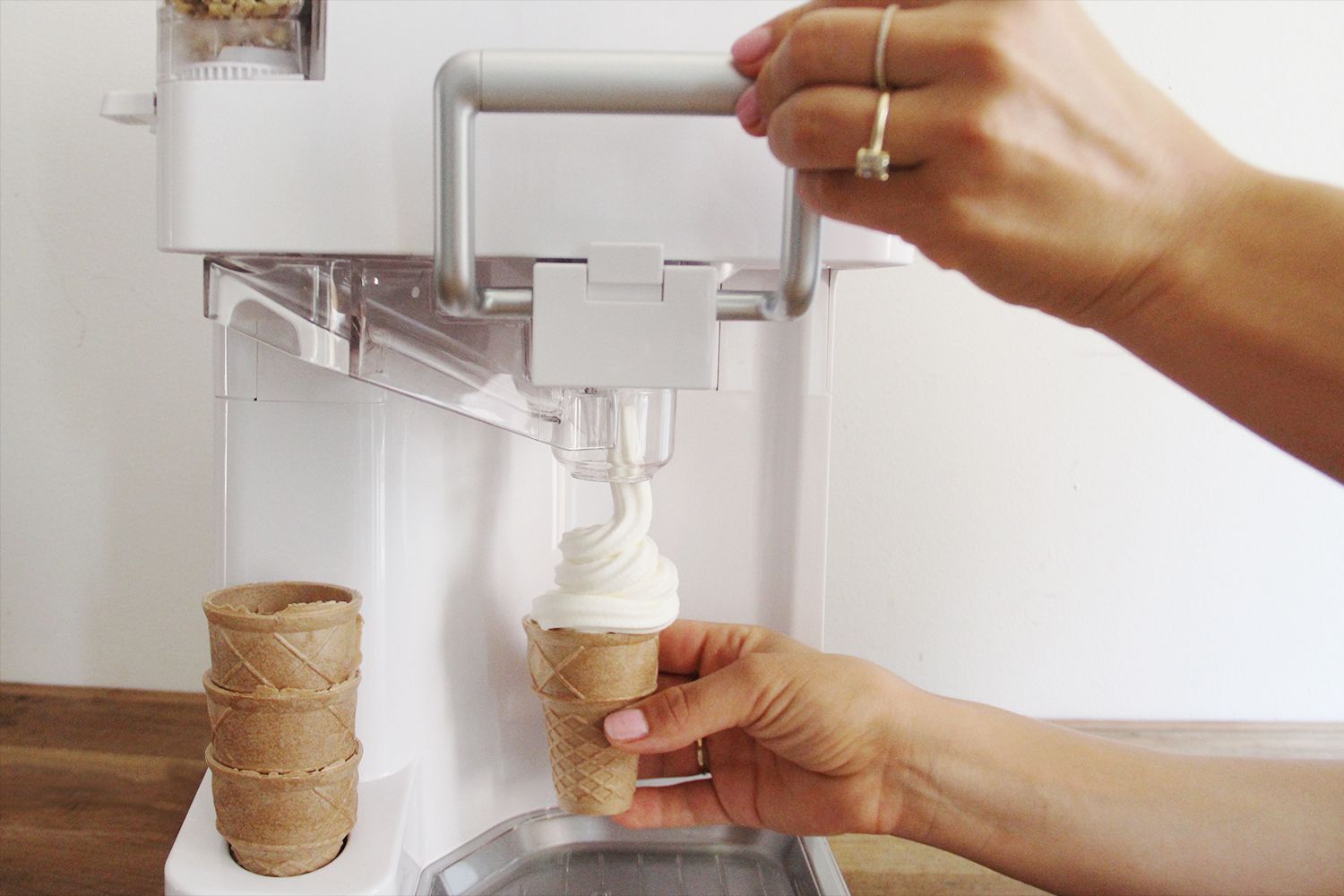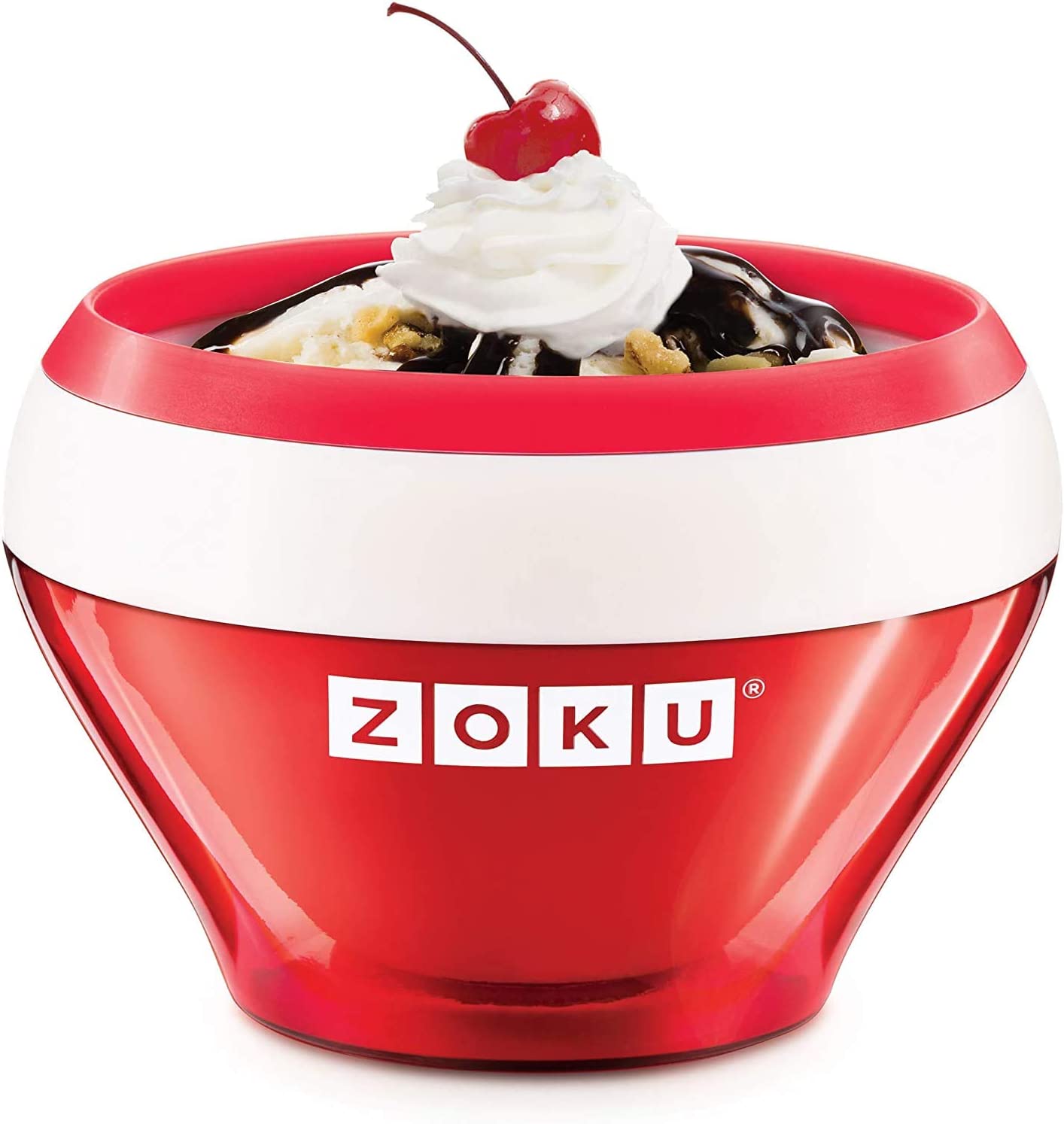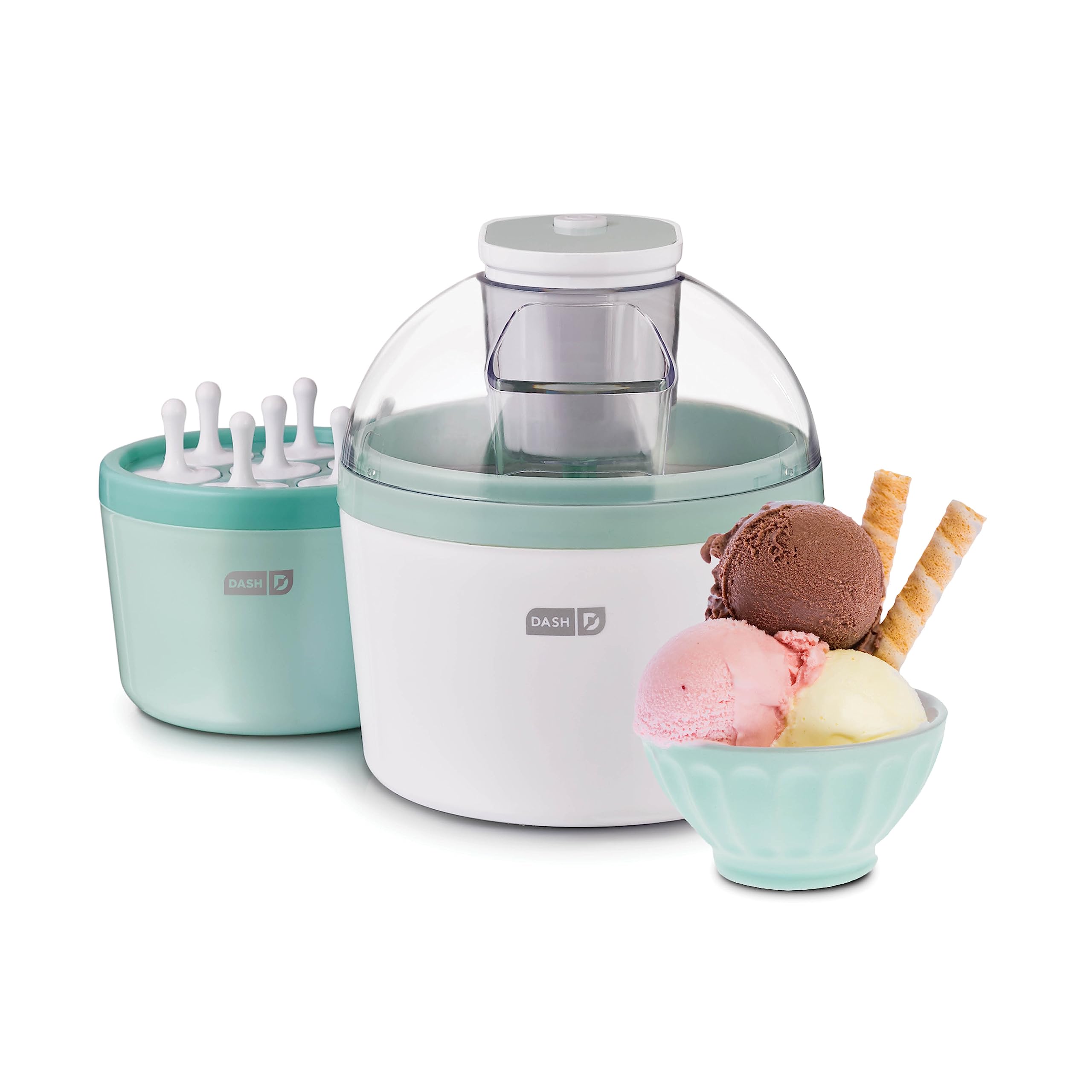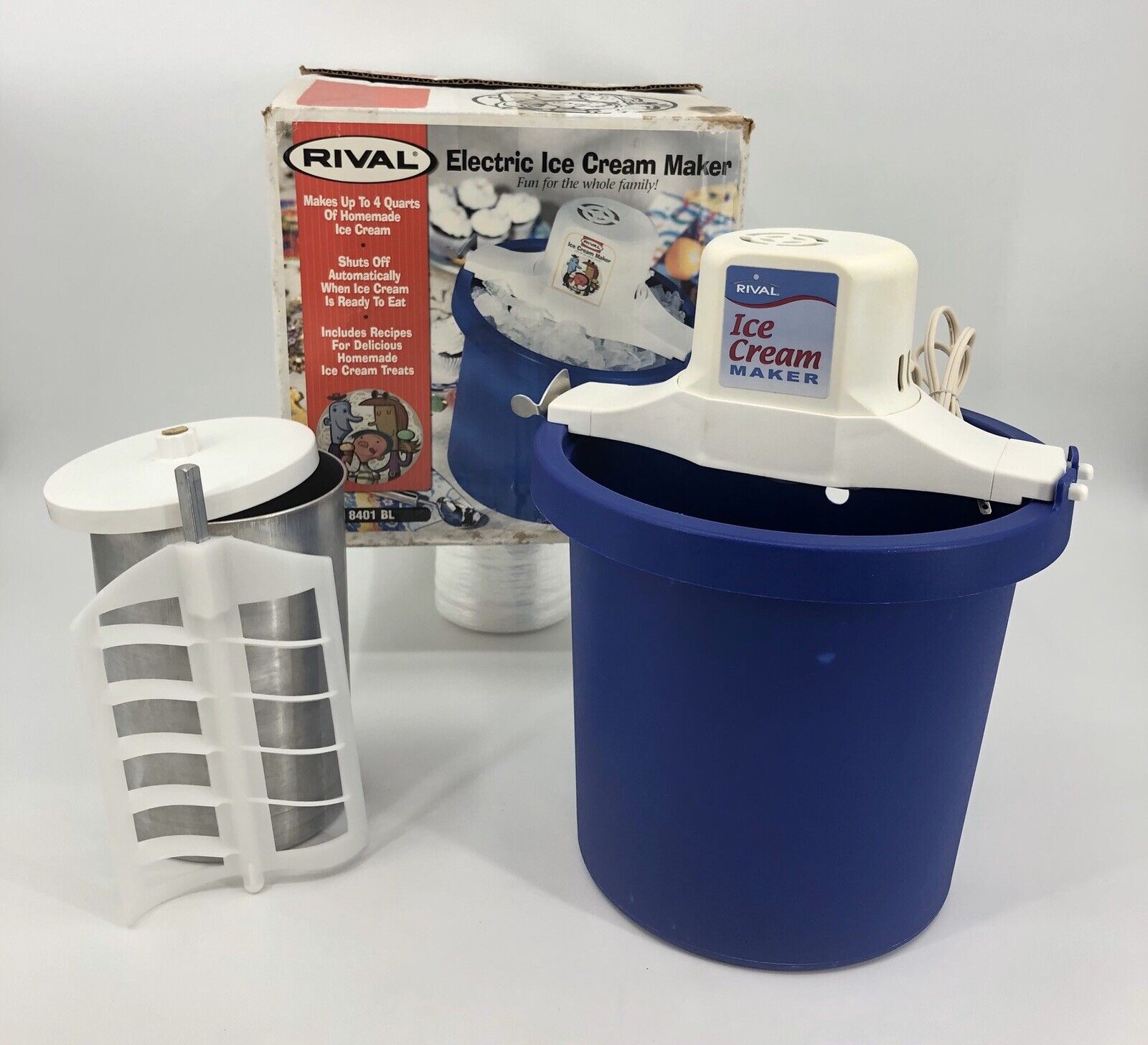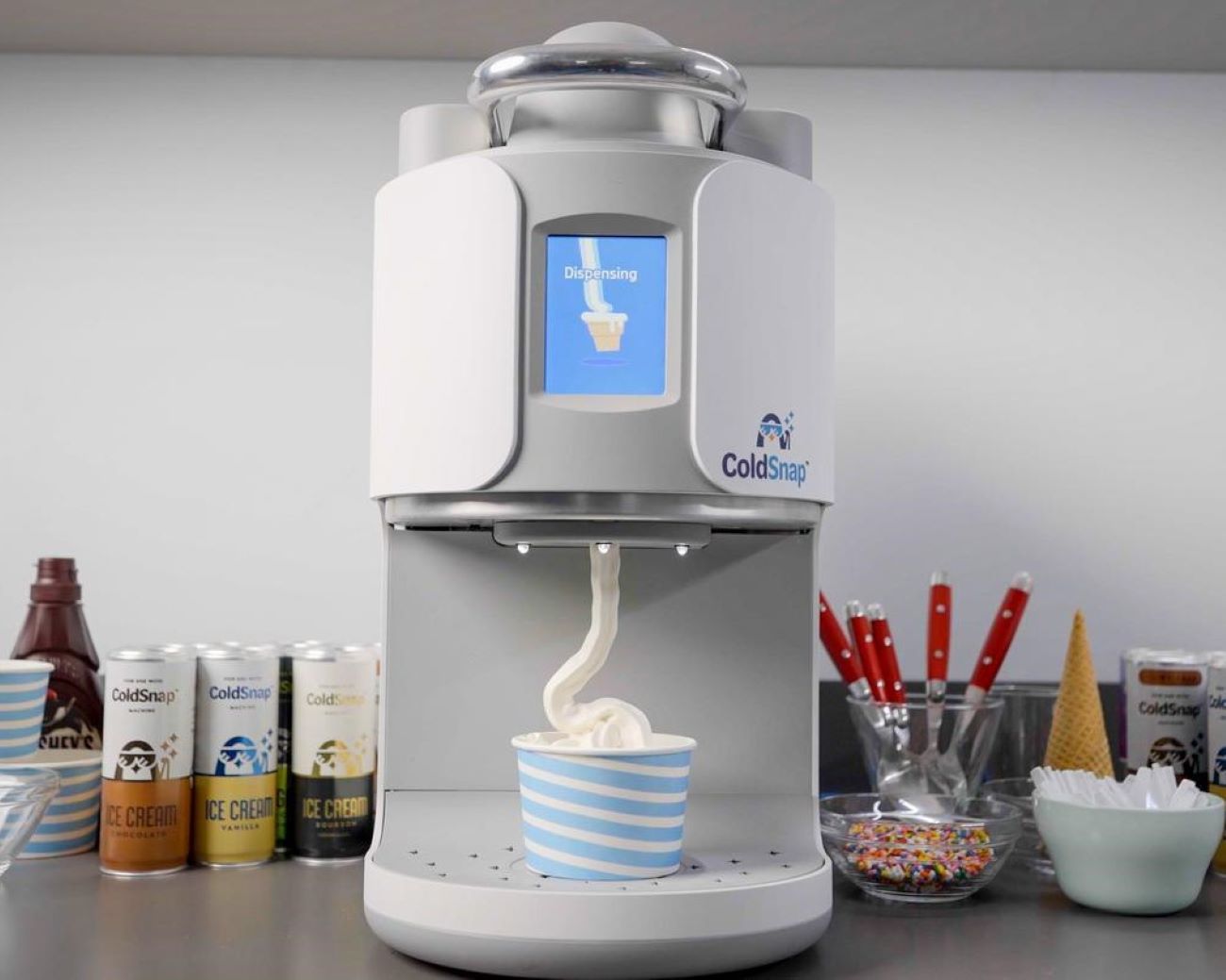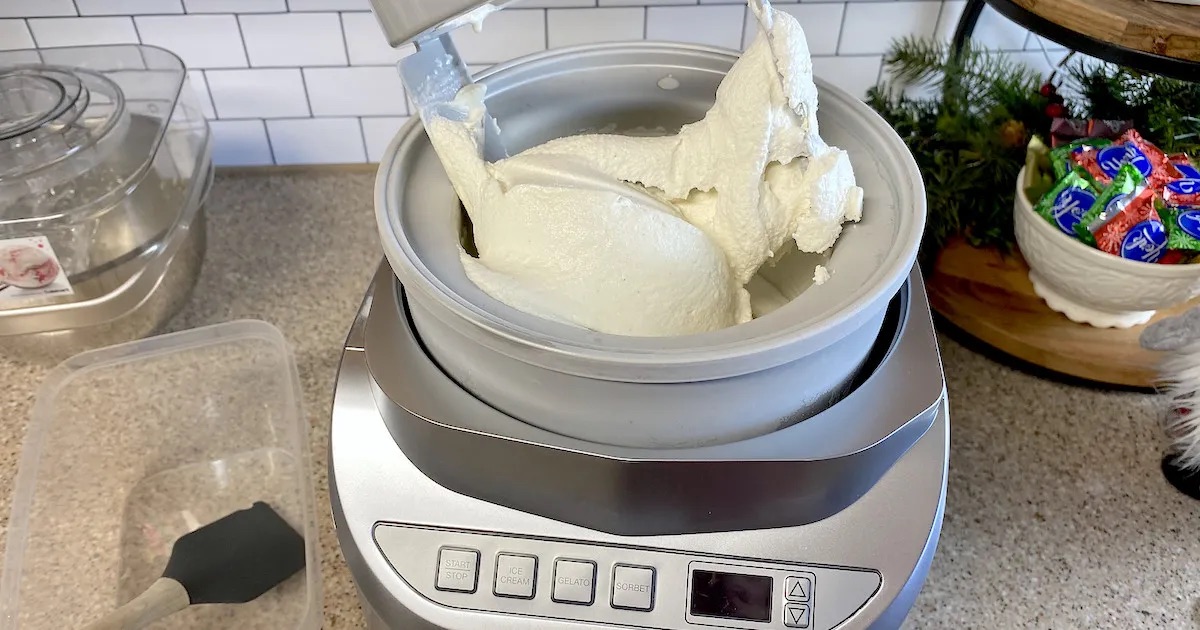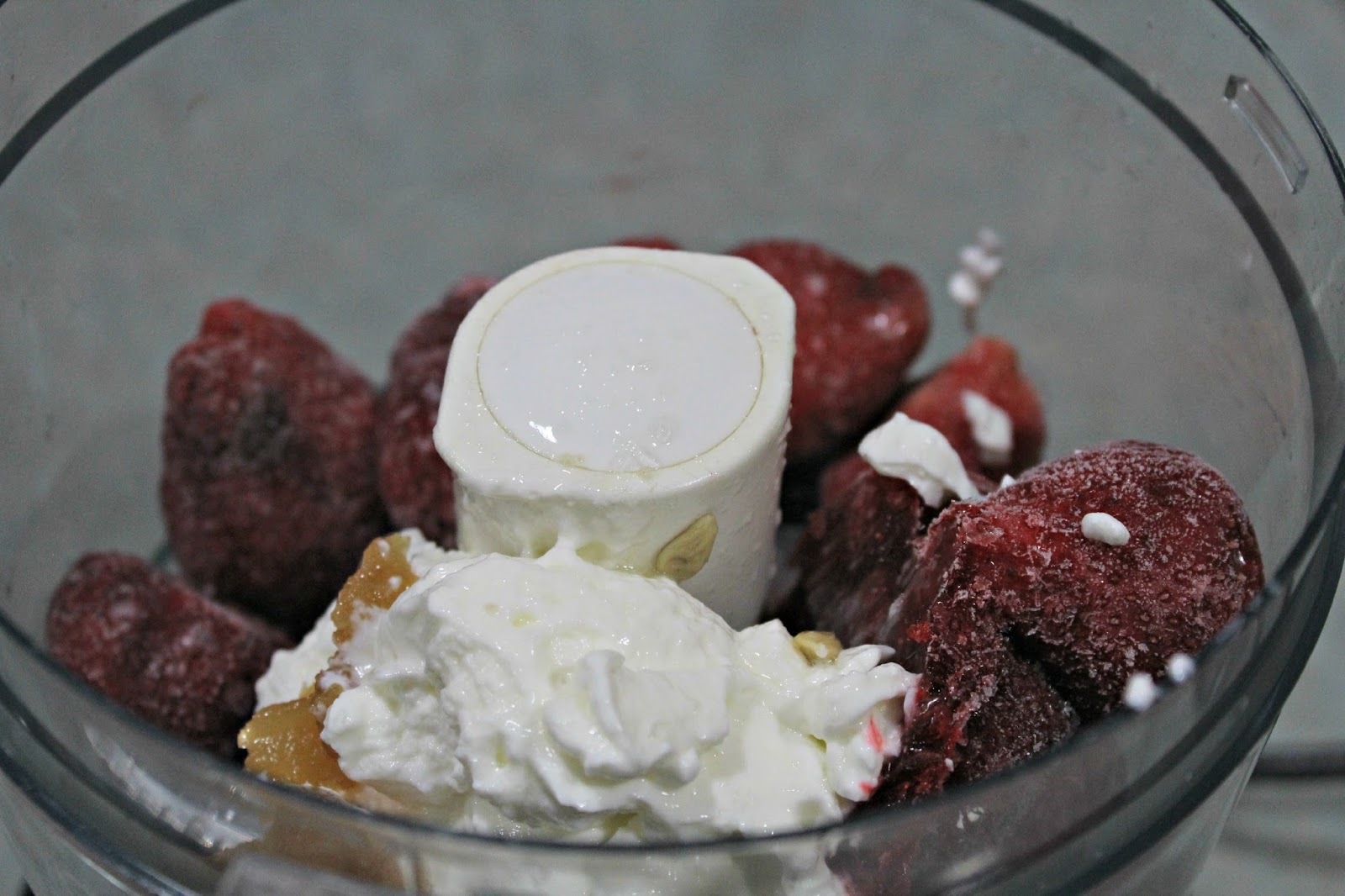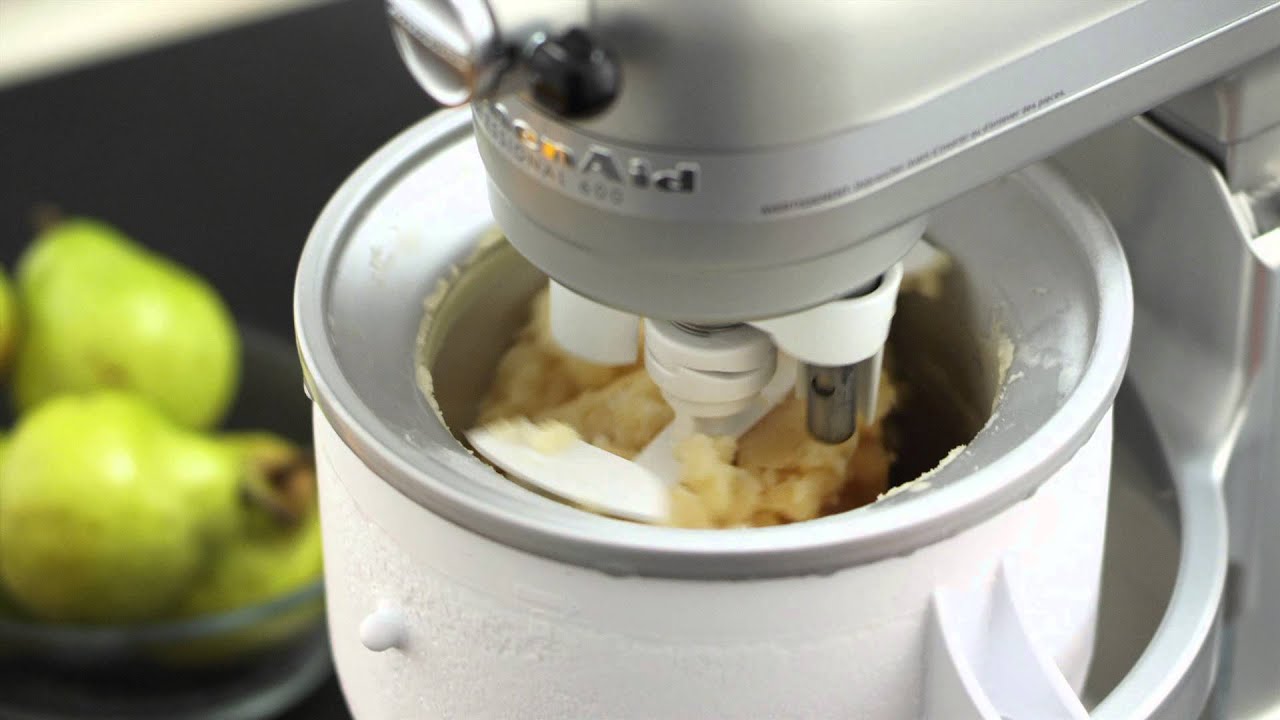Home> Frozen Desserts
10 Irresistible Frozen Desserts to Satisfy Your Sweet Tooth
Discover 10 irresistible frozen desserts that are sure to satisfy your sweet tooth. Indulge in a variety of delicious treats with our frozen desserts recipes.
Where To Buy A ColdSnap Ice Cream Machine
By: Benjamin Parker • 100 Best Kitchen Furniture To Make Your Cooking Hassle-Free
